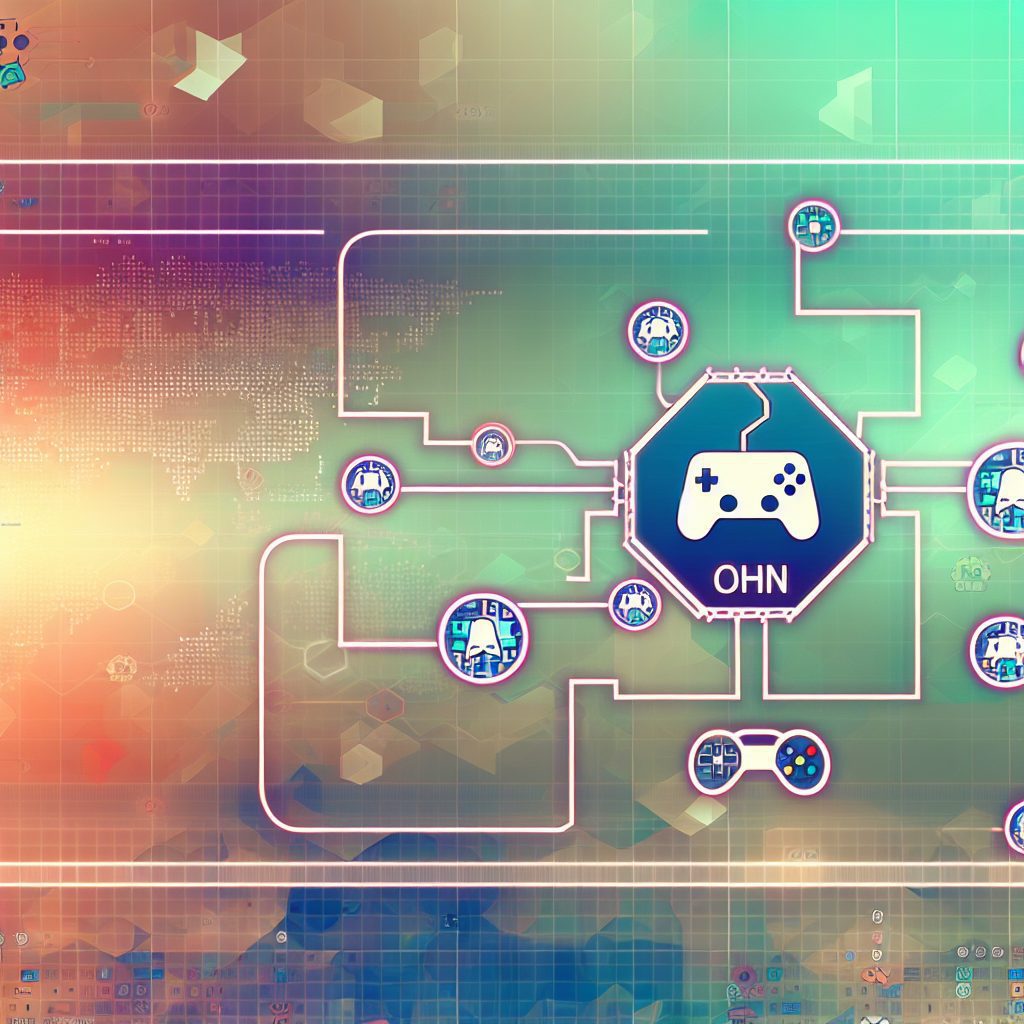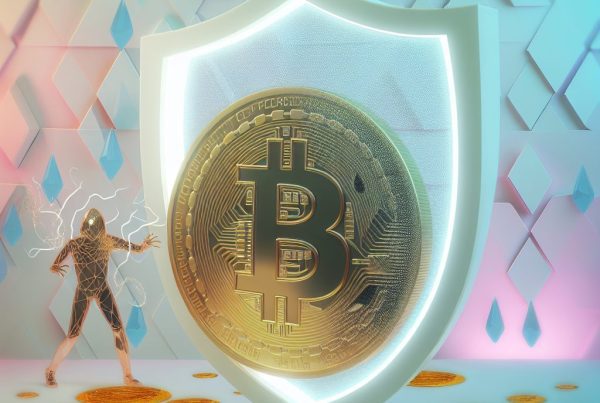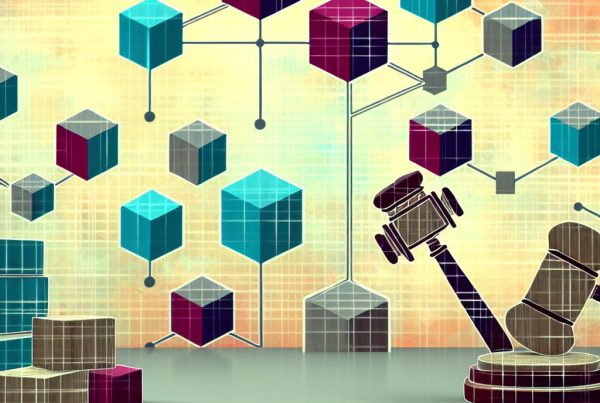How On-Chain Games Actually Work
The rise of blockchain technology has revolutionized various industries, and the gaming sector is no exception. On-chain games, which leverage blockchain for their operations, are gaining traction among gamers and developers alike. This article delves into the mechanics of on-chain games, their benefits, challenges, and the future they hold in the cryptocurrency industry.
Understanding On-Chain Games
On-chain games are video games that utilize blockchain technology to store game data, assets, and transactions. Unlike traditional games, where data is stored on centralized servers, on-chain games operate on decentralized networks, ensuring transparency, security, and ownership.
In on-chain games, every action taken by players—whether it’s acquiring assets, completing quests, or trading items—is recorded on the blockchain. This not only enhances the gaming experience but also allows players to truly own their in-game assets.
Key Components of On-Chain Games
To understand how on-chain games function, it’s essential to explore their key components:
- Blockchain Technology: The backbone of on-chain games, blockchain provides a decentralized ledger that records all transactions and game states.
- Smart Contracts: These self-executing contracts with the terms of the agreement directly written into code automate various game functions, such as asset transfers and game rules.
- Non-Fungible Tokens (NFTs): Unique digital assets representing in-game items, characters, or land that players can buy, sell, or trade.
- Decentralized Finance (DeFi): Some on-chain games incorporate DeFi elements, allowing players to earn rewards or stake their assets for additional benefits.
The Mechanics of On-Chain Games
On-chain games operate through a series of interconnected processes that ensure a seamless gaming experience. Here’s a breakdown of how these games work:
1. Game Development
Developers create on-chain games using blockchain platforms like Ethereum, Binance Smart Chain, or Solana. They design the game mechanics, create smart contracts, and define the rules governing asset ownership and transactions.

2. Asset Creation
In-game assets, such as characters, weapons, and skins, are minted as NFTs on the blockchain. Each asset has a unique identifier, ensuring that players can prove ownership and trade them securely.
3. Player Interaction
Players interact with the game through a digital wallet that connects to the blockchain. This wallet allows them to manage their assets, make transactions, and participate in the game’s economy.
4. Transactions and Smart Contracts
When players perform actions like buying or selling assets, smart contracts execute these transactions automatically. This eliminates the need for intermediaries and reduces the risk of fraud.
5. Data Storage
All game data, including player progress and transaction history, is stored on the blockchain. This ensures that players can access their information anytime and that it remains immutable.
Benefits of On-Chain Games
On-chain games offer several advantages over traditional gaming models:
- True Ownership: Players have complete ownership of their in-game assets, which can be traded or sold outside the game environment.
- Transparency: All transactions are recorded on the blockchain, providing a transparent view of the game’s economy.
- Security: The decentralized nature of blockchain enhances security, reducing the risk of hacks and data breaches.
- Interoperability: Assets from one game can potentially be used in another, creating a more interconnected gaming ecosystem.
Challenges Facing On-Chain Games
Despite their potential, on-chain games face several challenges that developers and players must navigate:
- Scalability: Many blockchain networks struggle with scalability, leading to slow transaction times and high fees during peak usage.
- User Experience: The complexity of blockchain technology can deter non-technical players from engaging with on-chain games.
- Regulatory Concerns: The evolving regulatory landscape surrounding cryptocurrencies and NFTs poses risks for developers and players alike.
- Market Volatility: The value of in-game assets can fluctuate significantly, impacting players’ investments and overall gaming experience.
Popular On-Chain Games
Several on-chain games have gained popularity, showcasing the potential of this innovative gaming model:
1. Axie Infinity
Axie Infinity is a blockchain-based game where players collect, breed, and battle fantasy creatures called Axies. Players can earn cryptocurrency by participating in battles and trading Axies as NFTs. The game has seen tremendous growth, with millions of active users and a thriving marketplace.
2. Decentraland
Decentraland is a virtual reality platform powered by the Ethereum blockchain. Players can buy, develop, and sell parcels of virtual land as NFTs. The platform allows users to create and monetize their own experiences, making it a unique blend of gaming and real estate.
3. The Sandbox
The Sandbox is a decentralized gaming platform that enables players to create, own, and monetize their gaming experiences. Users can build their own games using the platform’s tools and trade assets as NFTs. The Sandbox has attracted partnerships with major brands, enhancing its visibility in the gaming industry.
The Future of On-Chain Games
The future of on-chain games looks promising as technology continues to evolve. Here are some trends to watch:
- Enhanced User Experience: Developers are focusing on simplifying the onboarding process for new players, making it easier to engage with blockchain technology.
- Cross-Platform Play: As interoperability improves, players will be able to use their assets across multiple games, creating a more cohesive gaming experience.
- Integration with DeFi: The fusion of gaming and decentralized finance will open new avenues for earning and investing within the gaming ecosystem.
- Increased Regulation: As governments establish clearer regulations around cryptocurrencies and NFTs, developers will need to adapt to ensure compliance.
FAQs About On-Chain Games
What are on-chain games?
On-chain games are video games that utilize blockchain technology to store game data, assets, and transactions, allowing players to have true ownership of their in-game items.
How do players earn money in on-chain games?
Players can earn money by participating in gameplay, trading in-game assets as NFTs, and engaging in various economic activities within the game’s ecosystem.
Are on-chain games secure?
Yes, on-chain games benefit from the security features of blockchain technology, which reduces the risk of hacks and fraud. However, players should still exercise caution and use secure wallets.
Can I play on-chain games without prior blockchain knowledge?
While some knowledge of blockchain can be helpful, many on-chain games are working to improve user experience and simplify the onboarding process for new players.
What is the future of on-chain gaming?
The future of on-chain gaming is bright, with trends pointing towards enhanced user experiences, cross-platform play, and greater integration with decentralized finance.
Conclusion
On-chain games represent a significant shift in the gaming industry, offering players true ownership of their assets and a transparent gaming experience. As technology continues to advance, the potential for on-chain games will only grow, paving the way for innovative gameplay and economic opportunities. For the latest updates and insights into the cryptocurrency world, consider visiting Bitrabo. Stay connected with me on X, Instagram, and Threads.
Disclaimer: This article is for informational purposes only and should not be considered financial advice. Always do your own research before investing in cryptocurrencies or engaging in blockchain gaming.
The Crypto Watchlist of the Week 🔎
Subscribe to receive expert-curated projects with real potential—plus trends, risks, and insights that matter. Get handpicked crypto projects, deep analysis & market updates delivered to you.


